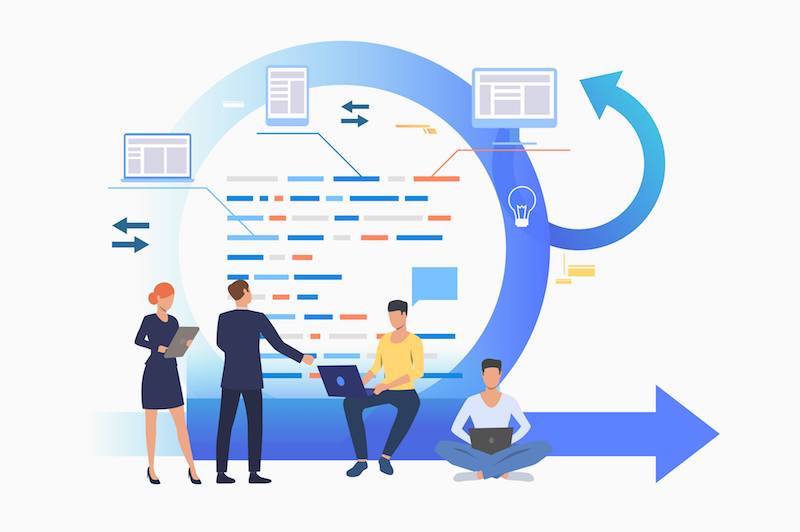
The shutdown in response to the coronavirus did more than cost us more than a trillion dollars as a country. It forced schools to shut down. Many kids didn’t do well in online schooling, while around three million dropped out of traditional K-12 schooling altogether. This has resulted in a fairly large proportion of children K-12 falling behind academically. And it has increasing the importance of educational software in educational institutions, though educational software was already becoming key to delivering services.
Teaching at the Child’s Speed
One of the benefits of educational software is that children can go at their own pace. Educational software development services should create software that lets kids answer questions at their own pace and reserve timers for knowledge tests. If the child can’t answer the question in a set time frame, show them the right answers so that they don’t waste too much time. But this approach allows kids who need an additional few seconds to think about it to do so, whereas a teacher drilling the class at a faster pace may lose that particular child.
Tutoring
Educational software development services aren’t just catering to school districts. They can also sell their software to parents. Maybe the parents want to ensure that their kids are learning the material. Perhaps they want to cover subjects not taught in the local schools, whether it is typing, American Sign Language or math that isn’t Common Core. Educational software is often the obvious choice for parents. They may not have time to get kids to tutoring after school, and after-school tutoring programs themselves are hit and miss. You can’t guarantee that the volunteers can aid a child with dyslexia with their homework, and they probably can’t help your child with their calculus homework. Educational software may be designed to teach a given subject or address the needs of a specific population.
Children can use the software at home on school-issued laptops or on their own computers. There are libraries allowing parents to take laptops home loaded with educational software, simply to provide these invaluable tools to families. And it doesn’t hurt if the parents improve their own literacy or English language skills, too.
The Power of Data
One point in favor of the use of apps is the data they collect. How many spelling words did the child get right at the start of the week? How many did they get right after a week of practice? You can measure improved performance, whether you’re dealing with math facts or historical dates. You can identify a child’s weak areas, too. What topics are they weak on, and what are they doing well? You might realize from the mistakes they make on drills that they understand fractions but not decimals for vice versa.
Teachers often appreciate educational apps because it frees them to focus on kids who need help. Let the kids practice Spanish vocabulary words and multiplication flashcards within the app. Teachers can then focus on kids who have questions or are struggling instead of standing at the front of the class doing rote instruction. The app may reduce the amount of time spent grading assignments. Let the kids take the vocabulary or math fact quiz inside of the app, and you get the daily or weekly grade automatically. Teachers will love digital quizzes that can send grades to the grade book automatically or flag kids who are struggling with a specific topic.